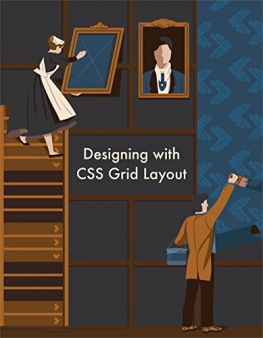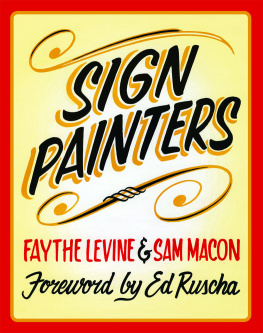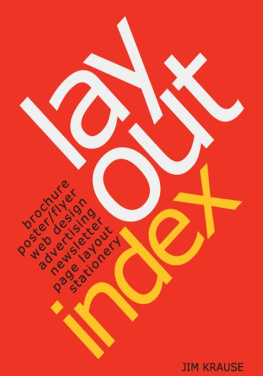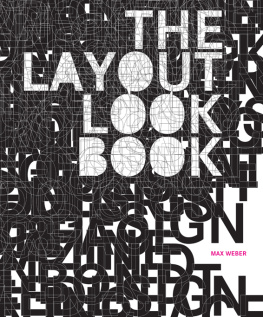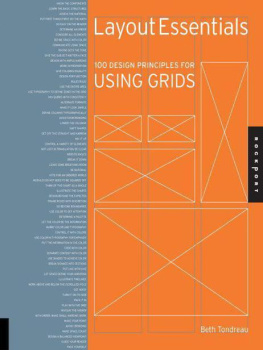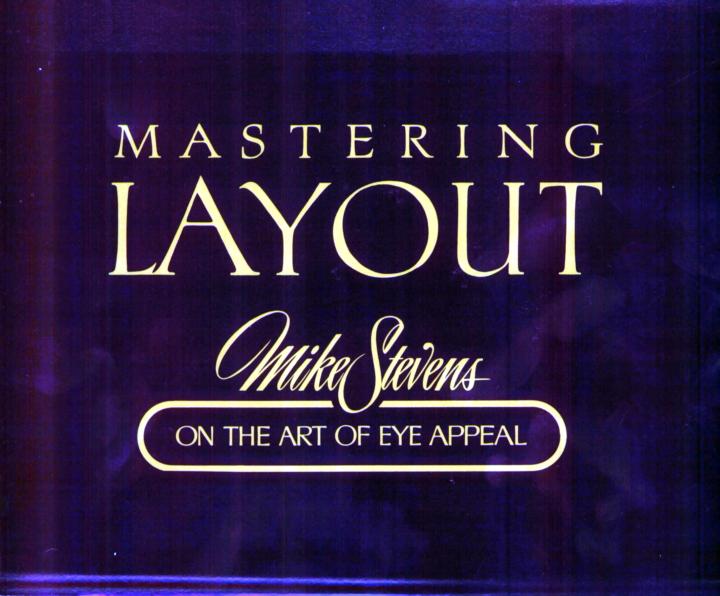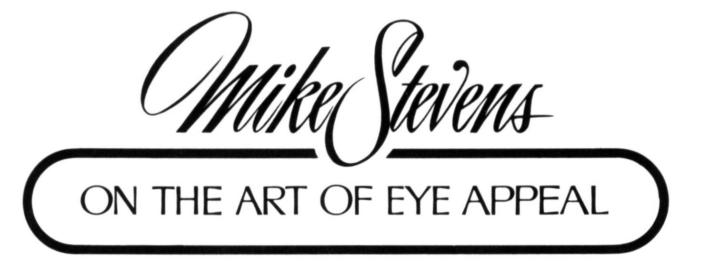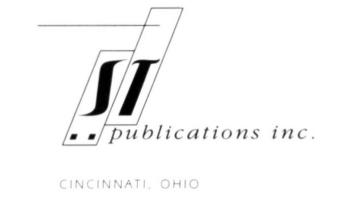

For Dawn Marie Stevens
Acknowledgments/Foreword/Introduction
1 .................................. 1
......................... 9
............ 15
................................. 29
.................................... 35
...................................... 41
............................. 47
........................................ 75
................................. 85
................................ 91
...................... 99
On the path to becoming a sign painter, we're exposed to many ideas and a tremendous amount of information, both on a conscious and a subconscious level. Regrettably, it is next to impossible to know or to recall the names of all the influential people in our lives. The skills and knowledge we acquire are built upon the work of our predecessors, and our character is greatly influenced by our family and friends. To posture autonomy is to deceive one's self.
I feel particularly fortunate to have been initiated into the sign business in the Oakland/San Jose/San Francisco Bay Area, at a time (1960) when there were many fine craftsmen still working. Their sense of design and quality of craftsmanship was impeccable. Many thanks to all of them. You gave positive direction to a young man's dream. The learning and business environment we start out in plays a key role in shaping our attitudes throughout our careers.
13111 Anderson and Dave Merrideth were two of the most allaround great sign painters that a young man could have had for inspiration. Al Bandara, Johnny Britto, and Ed Rose were my local showcard writer heroes. Their professional example always kept me striving to improve and respecting the art.
To the surprise of many, the art of sign painting is an intellectual pursuit. Two sign painters that played key roles in my intellectual development are Joe Barry and George Staton. Joe introduced me to the written word. George argued with me for twenty-three years. His intelligence, competitiveness, intellectual honesty and respect for life have served as an island of sanity for me.
Two contemporaries who have been a constant inspiration are Terry Wells and Harrison Todd. From my perspective, their let tering and design skills represent the "state-of-the-art"
The published works of Arthur Du Vall, Duke Wellington, Don Sturdivant, Marty Melton, and Bill Boley have influenced my work tremendously. Their creative manipulation of space and letter forms laid the groundwork for the bridge into the future for sign designers.
An artist can't succeed without the confidence and trust of his or her clientele. I am forever indebted to the many who have supported me over the years. In particular, I would like to thank Joan Gordon for her sincere friendship, referrals, and the market exposure I've received through her office; Iris Roth, for her encouragement, wit, trust, and ability to organize and communicate large orders from coast to coast; Myron Hatch, who by example demonstrated that the good guys can win. Thank you, Myron, for your inspiring integrity, and the freedom to grow while in your employ.
This book owes its success to many, but to none more so than Lynn Hollinger. Lynn's artistic and literary judgment saved this sign painter from many amateurish traps and pitfalls in writing. Without her proofreading, editing, and willingness to be a sounding board for ideas, I could not have crystallized my thinking.
I am especially grateful to Stephanie Corsbie and Carole Singleton of ST Publications for their professional guidance and editing and to Jerry Swormstedt of ST Publications for his confidence in publishing this work.
Mike Stevens
Akron, Pennsylvania
January, 1985
This is indeed an exciting time to be in the sign business. There's a new wave of friendship and enthusiasm sweeping our trade. What was once an "every man for himself" cottage industry is now evolving into a national fraternity of progressive-thinking artists. Sign associations are springing up all around the country - sharing information and skills as never before.
It's curious how fast our thinking can change once we're exposed to good ideas... especially those we can see! You are about to have just such an experience with Mike Stevens' book - Mastering Layout Mike Stevens on the Art of Eye Appeal. It crashes against the many myths and misconceptions that have plagued sign painters for generations. Mike demonstrates that we can use the same logical thinking in layout that we intuitively use in most other areas of our lives. You'll notice the marked absence of tricks, special effects, and fad styles in this book. That absence is deliberate. Tricks of the trade should be left to those whose education is yet to begin. Learning sound layout principles is best accomplished in the light of simplicity... unencumbered by embellishment that hides the real meat of the matter. Simplicity forces us to think graphically.
Our problem with layout in the past has been very similar to my disorganized hat collection. It boasts of a wide variety of styles, colors, and configurations. Some are appropriate for general wear, while others are definitely reserved for special occasions. I've got four full closets of hats to choose from every morning. When I don't see the one I want, my frustration drives me to stretch the nearest one over my skull as I rush out the door. Boy, could I use a book about organizing hat collections! A plaid flat-hat really doesn't complement a striped shirt! The one bright spot in this frustrating ritual is the joy and surprise in
discovering a "long-lost" hat. At least that's what I keep telling myself.
Many of us lay out signs just about the same way I pick my hat for the day - accidentally. Success in finding a particular hat depends upon my ability to describe it to my wife ("You know, honey... the one I always wear on Wednesday"). Similarly, successful layout depends upon our ability to organize our thoughts, and to describe what we want to do. It's virtually impossible to deal with something that we can't describe or call by name. With careful study, this book will give you the answers.
Mike's skill in describing and illustrating the key elements of layout is what makes this book so very important. It is a veritable gold mine of information. The intellectual value of it will stretch your mind in a pleasurable way. The benefits to your career are beyond measure. The integrity of Mike's approach to this subject is a direct result of his deep love and respect for the sign trade. My hat collection may never get organized, but be confident, your understanding of layout will!
The last chapter, entitled "Troubleshooting Your Layout," is the crowning touch to this book. It's a checklist that enables you to systematically critique your own work. It's like having the benefit of a master craftsman go over your work with you! My immediate response was that this chapter is like a mirror. It reflects your thinking right back to you. This self-analysis will develop your powers rapidly.

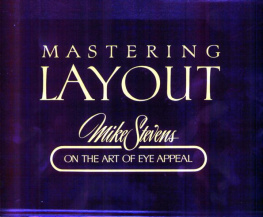

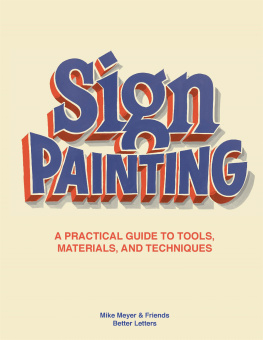
![Weber - The layout look book. [1]](/uploads/posts/book/242236/thumbs/weber-the-layout-look-book-1.jpg)

